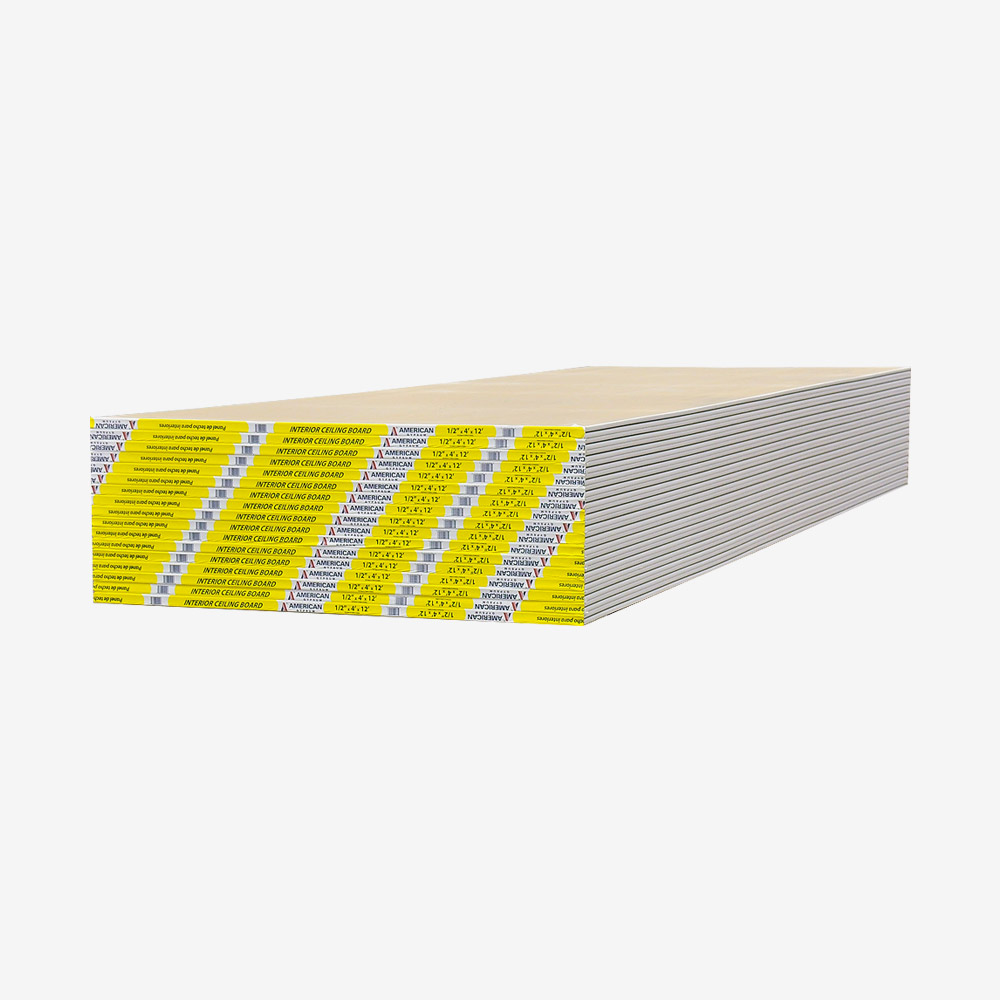When it comes to interior design and construction, ceiling tiles play a crucial role in enhancing aesthetics, acoustics, and insulation. However, many homeowners and builders often overlook a fundamental question: what are ceiling tiles attached to? Understanding the underlying structures and materials that support ceiling tiles is essential for ensuring durability, functionality, and aesthetic appeal. This article delves into the various components that ceiling tiles are attached to, exploring the types of ceilings, installation methods, and the implications for maintenance and renovation.
The Structural Framework: Types of Ceilings
Ceiling tiles can be installed in various types of ceilings, each with its own structural framework. The most common types include:
- Suspended Ceilings: Also known as drop ceilings, these are the most popular choice for commercial spaces. Suspended ceilings consist of a grid system made from metal or plastic, which is suspended from the overhead structure. Ceiling tiles are then laid into this grid. This method allows for easy access to plumbing, electrical wiring, and HVAC systems above the ceiling.
- Directly Attached Ceilings: In residential settings, ceiling tiles can be directly attached to the existing ceiling structure, which may be made of drywall, plaster, or concrete. This method is often used for decorative tiles that enhance the visual appeal of a room without the need for a grid system.
- Acoustic Ceilings: These ceilings are designed to absorb sound and reduce noise levels in a space. Acoustic tiles can be installed in both suspended and directly attached systems, depending on the desired aesthetic and acoustic performance.
The Underlying Support: What Are Ceiling Tiles Attached To?
The attachment of ceiling tiles depends significantly on the type of ceiling system in place. Here are the primary components that support ceiling tiles:
- Ceiling Joists: In traditional construction, ceiling joists are horizontal beams that provide structural support for the ceiling. When ceiling tiles are directly attached to a drywall or plaster ceiling, they are often secured to these joists. Joists are typically made of wood or engineered lumber and are spaced at regular intervals to ensure stability.
- Grid Systems: For suspended ceilings, tiles are attached to a grid system that consists of main runners and cross tees. The main runners are installed parallel to the ceiling joists, while cross tees create a grid pattern. This system allows for easy installation and removal of tiles, making it ideal for spaces that require frequent maintenance.
- Adhesives and Fasteners: In some cases, ceiling tiles may be attached using adhesives or mechanical fasteners. Adhesives are commonly used for lightweight tiles, while heavier tiles may require screws or nails for secure attachment. The choice of attachment method depends on the tile material and the intended use of the space.
Considerations for Installation and Maintenance
Understanding what ceiling tiles are attached to is crucial for proper installation and maintenance. Here are some key considerations:
- Weight and Material: The weight of the ceiling tiles must be compatible with the supporting structure. For instance, heavier tiles may require additional support or a more robust grid system to prevent sagging or damage.
- Access to Utilities: In suspended ceiling systems, the grid allows for easy access to utilities. When planning installation, consider the need for future access to plumbing, electrical, and HVAC systems.
- Aesthetic Choices: The choice of ceiling tiles can significantly impact the overall design of a space. Consider how the tiles will complement the existing decor and whether they will enhance or detract from the room's functionality.
- Acoustic Performance: If noise reduction is a priority, selecting the right type of acoustic ceiling tiles is essential. Ensure that the tiles are designed to meet the specific acoustic needs of the space.
Conclusion
In conclusion, understanding what ceiling tiles are attached to is vital for anyone involved in interior design, construction, or renovation. Whether you are opting for a suspended ceiling system or directly attaching tiles to existing structures, knowing the underlying support mechanisms can help ensure a successful installation. By considering factors such as weight, access to utilities, and aesthetic choices, you can create a ceiling that not only looks great but also functions effectively. As you embark on your next project, keep these insights in mind to make informed decisions that enhance both the beauty and functionality of your space.


